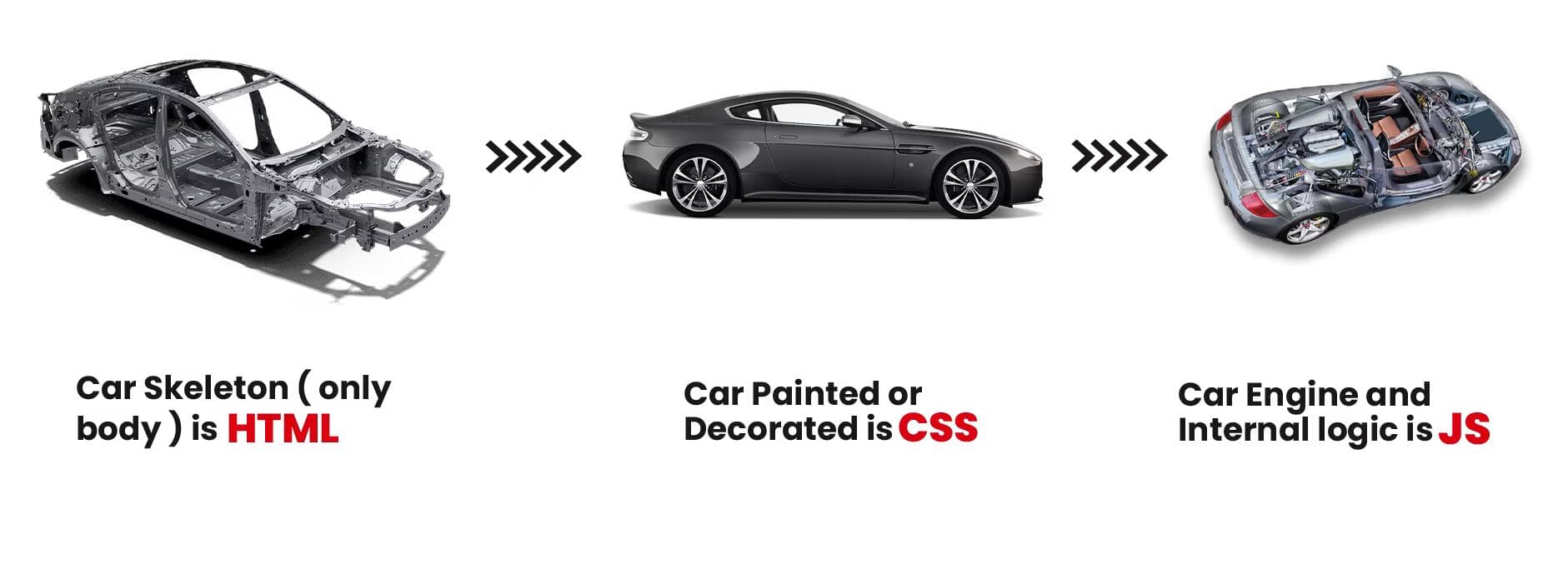HTML Introduction
A resource that will help you learn HTML in less than 30 days.
Here's a recommended timeline for learning HTML, based on your educational background:
- High School students and younger: Around 25 days
- Those beyond High School: Around 20 days
- College students and above: Around 10-20 days
What is HTML?
HTML (HyperText Markup Language) was created by Tim Berners-Lee in 1991 as a standard for creating web pages. It's a markup language used to structure content on the web, defining elements like headings, paragraphs, links, and images. HTML forms the backbone of web content. In layman's terms, HTML is like the skeleton of a website. It's a set of instructions that tells a web browser how to display text, images, videos, and other elements on a webpage. Think of it as the building blocks that create the structure and look of a website, similar to how bricks and mortar are used to build a house.
In a nutshell:
- HTML is the language of the web, used to create websites.
- HTML defines the backbone structure or layout of web pages that we see on the Internet.
- HTML consists of a set of tags contained within an HTML document, and the associated files typically have either a ".html" or ".htm" extension.
- There are several versions of HTML, with HTML5 being the most recent version.
Features of HTML
- It is platform-independent. For example, Chrome displays the same pages identically across different operating systems such as Mac, Linux, and Windows.
- Images, videos, and audio can be added to a web page (For example - YouTube shows videos on their website)
- HTML is a markup language and not a programming language.
- It can be integrated with other languages like CSS, JavaScript, etc. to show interactive (or dynamic) web pages
Why the Term HyperText & Markup Language?
- The term Hypertext Markup Language is composed of two main words: hypertext and markup language. 'Hypertext' refers to the linking of text with other documents, while 'markup language' denotes a language that utilizes a specific set of tags.
- Thus, HTML is the practice of displaying text, graphics, audio, video etc. in a certain way using special tags.
- Note: Tags are meaningful texts enclosed in angle braces, like
<...>. For example, the<head>tag. Each tag has a unique meaning and significance in building an HTML page, and it can influence the web page in various ways.
Analogy to understand HTML, CSS, and JavaScript

HTMLis the structure of a car, like the frame, wheels, and engine.CSSis the paint job, interior design, and overall look of the car.JavaScriptis the engine that powers the car, enabling it to move and perform functions.
History of HTML
- In
1989, Tim Berners-Lee established theWorld Wide Web(www), and in1991, he created the first version of HTML. - From
1995to1997, further work was done to develop and refine different versions of HTML. - In
1999, a committee was organized that standardizedHTML 4.0, a version still used by many today. - The latest and most stable version of HTML is 5, also known as
HTML 5.
Conclusion
Feel free to read more history of HTML here on the but I will move ahead and cover important aspects of HTML.
In the next tutorial, we'll continue our journey and understand the page structure.
How is this guide?
Sign in to share your feedback
Help us improve by sharing your thoughts on this guide.
Last updated on
HTML ID and Classes
HTML offers multiple ways to select and style elements. Two of the most commonly used selectors are IDs and Classes. This blog explores what they are, how to use them, and their differences.
HTML Page Structure
An HTML document is structured using a set of nested tags. Each tag is enclosed within `<...>` angle brackets and acts as a container for content or other HTML tags. Let's take a look at a basic HTML document structure